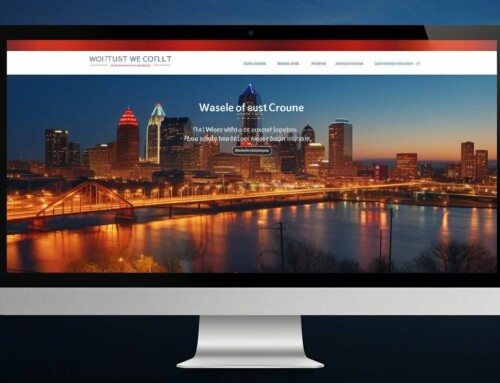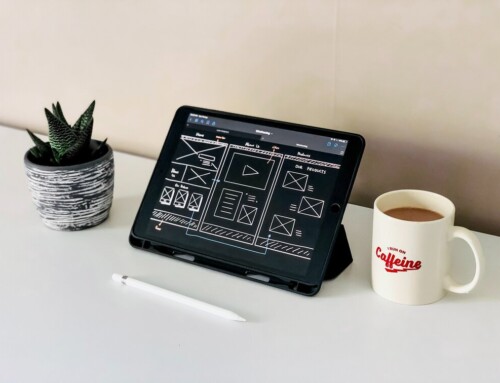
As our nation once again enters the summer tradition of “going back to school,” marked by a mad rush of last minute vacations and shopping sprees, the flurry of activity is only matched this year by the super-heated presidential election process, both of which compete for our attention with endless TV commercials and the like.
I find it interesting that the competing political parties don’t always seem to realize that every single factor of a party’s platform creates their brand. You probably think that politics doesn’t have a brand, but it most certainly does.
Knowledgeable marketing folks would suggest that branding is one of the most important attributes of any business, institution, or political party. The brand—or more to the point—one’s experience with the brand can literally make or break companies and organizations.
Yes, your brand is that important! If you think your social media strategy (or any other marketing channel) is more important than your brand then you need to read this article by Samuel Scott.
Let’s take a moment and consider first, what is a brand?
According to Business-2-Community consultant Michael Cohn, a brand consists of eight basic building blocks:
- The name
- The logo (brand icon)
- The brand’s colors
- The slogan and brand messaging
- The sound of the brand
- The overall look and feel = the brand’s position
- Packaging the brand
- The brand experience
This is a great overview, but here’s the nitty-gritty: In the world of business (or politics), everything you do, say, print, publish, build, create and sell relative to your customers’ experience with your brand is your brand. And just like your reputation, it’s easy to tarnish a hard-earned brand image—no matter if you are selling yoga clothes or world peace.
On the business side, just like in politics, doing something that makes your brand look stupid can cost dearly. Let’s consider Lululemon, who was at the top of its game before 2013 by carving a highly successful creative niche into form-fitting yoga pants and other athletic clothes. Then in 2013, complaints started rolling in that the pants were so sheer, they might as well been sold as see-through.
To make matters worse, Lululemon’s founder Chip Wilson went on Bloomberg TV to quell investors’ fears concerning the see-through scandal, but he stuck his foot in his mouth during the interview claiming that some women just weren’t designed for the hip-fit, insinuating that they had too much to stuff into too little. Ouch! This brand has been struggling to recover ever since.
What we should consider in light of these brand attributes today is this: Does your website make your brand look stupid?
Let’s honestly ask ourselves six questions about your company’s website and give it a grade. To simplify the grading process, answer YES or NO for each question. Grade your website based on these six things it should be doing in 2016, then share these questions with stakeholders to build a consensus.
- Does your website represent your brand?
- Is your website competitive in your market?
- Is your website easy to use and navigate?
- Is your website current with your products and services?
- Is your website a customer touch point creating brand value?
- Is your website mobile compatible?
How many YES answers did you give?
(0) YES answer = |F| Are you sure you are still in business?
(1) YES answer = |F| It’s time to recycle your marketing textbook from 1987.
(2) YES answers = |D| When’s the last time you used your CMS password?
(3) YES answers = |D| Customer touch points do not refer to a sexual encounter!
(4) YES answers = |C| So, you think smartphones are a fad?
(5) YES answers = |B| You’re above average and obviously take your business seriously.
(6) YES answers = |A| Congratulations, you are a marketing guru!
Don’t let a neglected website trash your hard-earned brand image. Maybe it’s time to cut the umbilical cord with your template-based website that does not project your brand—but projects bland instead. Consider the creative services of a professional web and marketing development company to build a custom website that properly projects your brand image and creates helpful customer touch points that build a strong brand experience.















